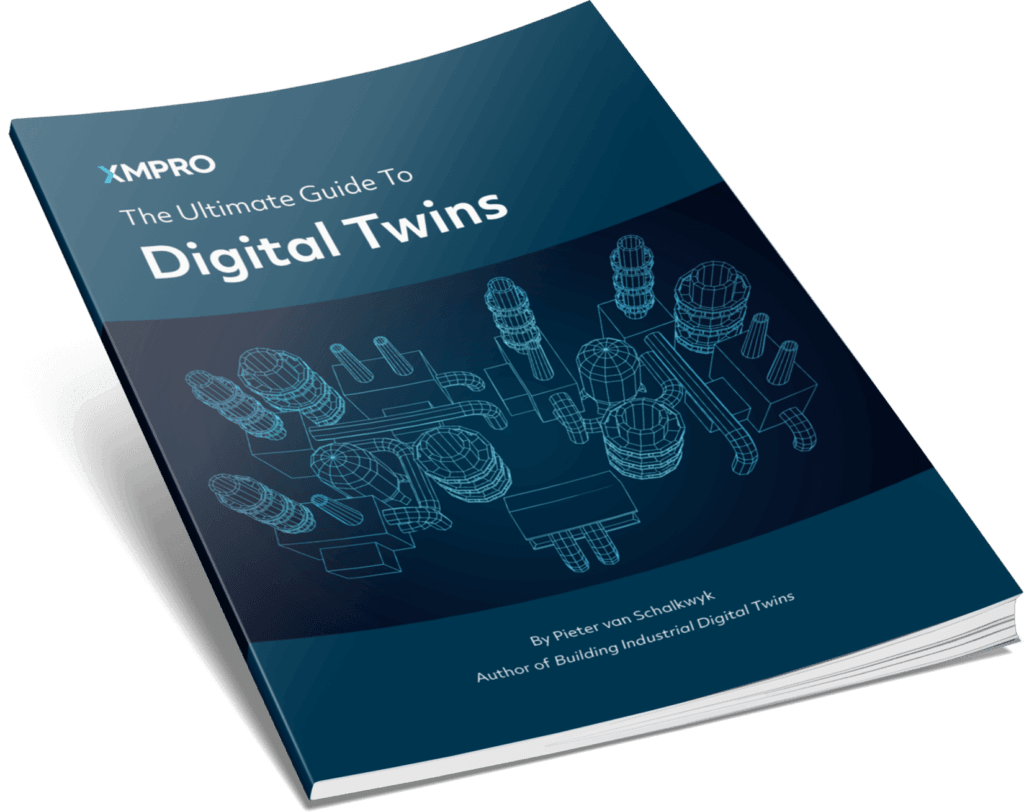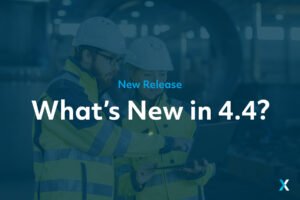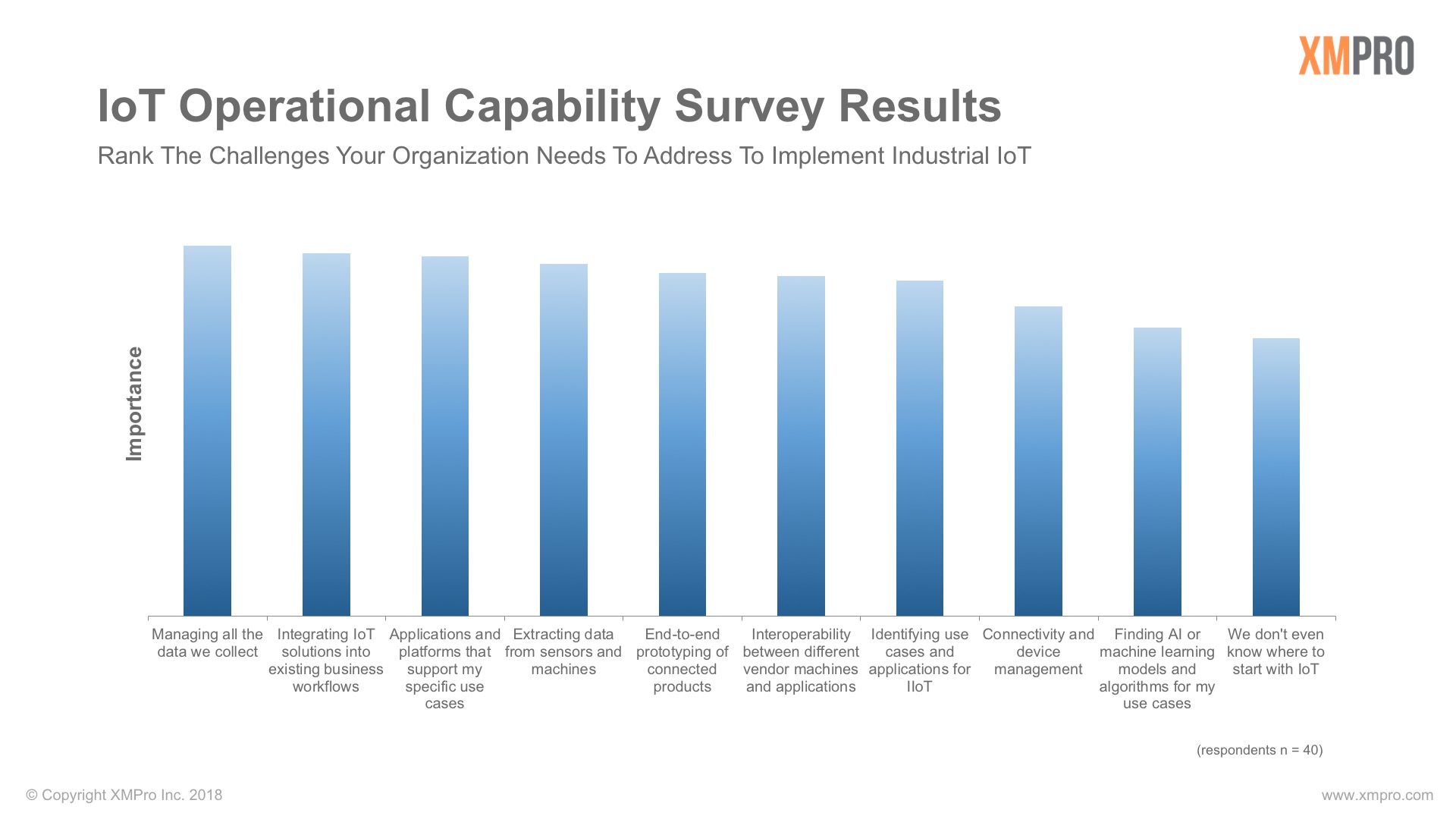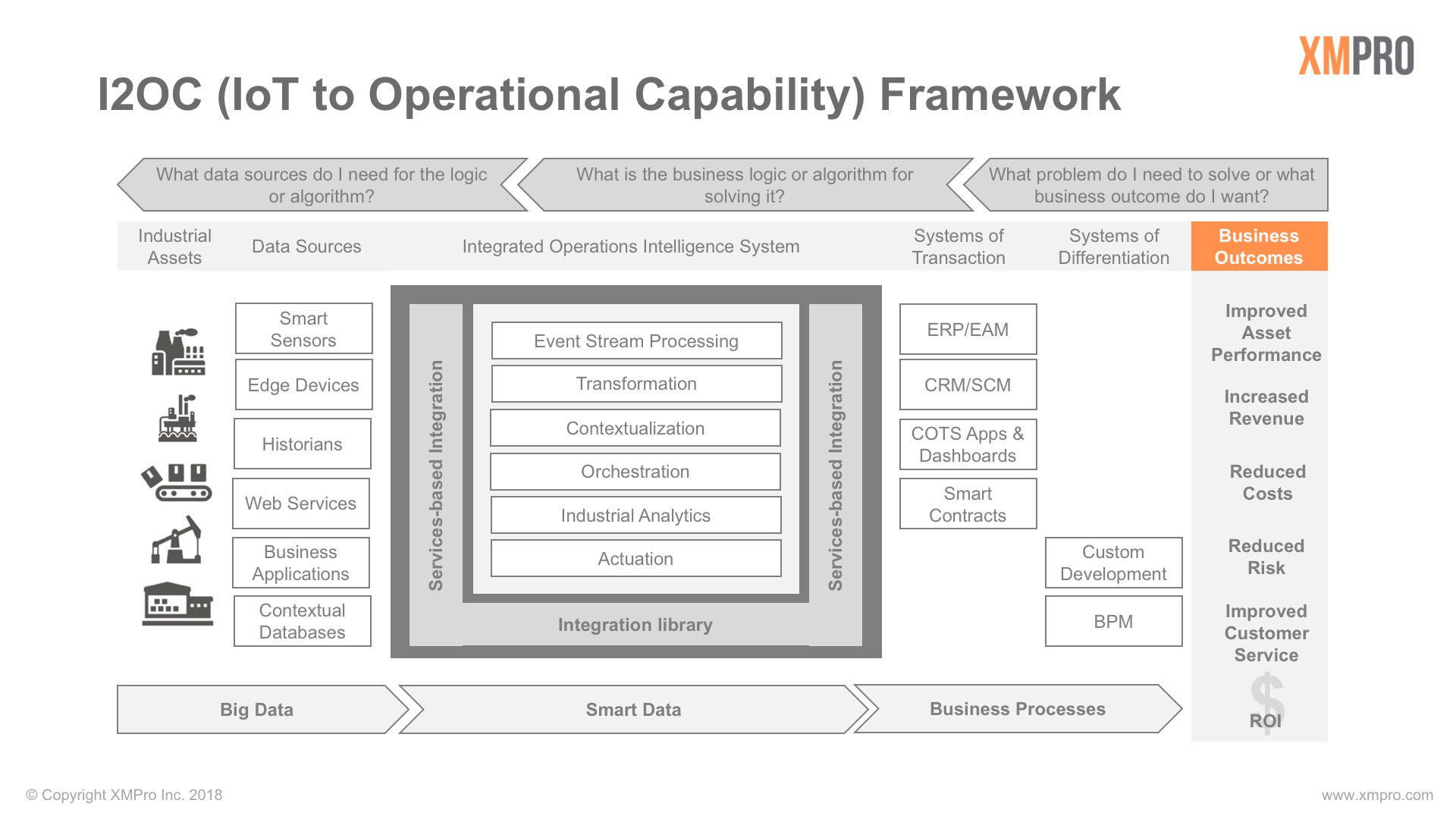In a recent survey, we asked users in Industrial IoT to rank their current IoT capability challenges. The results correlated well with a similar study conducted by McKinsey in July 2017.
| IoT Capability Challenge | Rank |
| Managing all the data we collect | 1 |
| Integrating IoT Solutions into existing business workflows | 2 |
| Applications and platforms that support my specific use cases | 3 |
| Extracting data from sensors and machines | 4 |
| End-to-end prototyping of connected products | 5 |
| Interoperability between different vendor machines and applications | 6 |
| Identifying use cases and applications for IIoT | 7 |
| Connectivity and device management | 8 |
| Finding AI or machine learning models and algorithms for my use cases | 9 |
| We don’t even know where to start with IoT | 10 |
(respondents n = 40)
It is interesting that managing data and integrating IoT technology with existing business workflows is ranked higher than connectivity, device management and extracting data from sensors and machines. It seems that organizations have moved on from small-scale POCs that demonstrate connectivity and the “blinking LED on the Raspberry PI” to real projects that require designs that go beyond five pumps in a controlled environment to the real processing plant on a mine or a refinery for example.
A survey conducted by Cisco in May 2017 with 1845 IoT decision makers shows that 60 percent of IoT initiatives stall at the PoC stage. Furthermore, only 26 percent of companies have had an IoT initiative that they considered a complete success.
Digital Transformation through IoT is not something done as a POC where we are out to prove technical concepts like integration to a business system or data historian, for example. There is enough evidence now to show we can connect devices, get data from them and provide real-time operational intelligence. The question becomes “what we do with this intelligence to improve business outcomes and effectively transform our businesses.” We want to align with new business models and transform to be relevant in a competitive digital landscape. We furthermore want to do it at scale. POCs don’t provide an answer to that. Finding the business processes that will deliver most value from all the IoT data is the key.
The McKinsey study found that 70% of respondents cited “integrating IoT solutions into existing business work flows” as a major capability challenge. “For instance, 70 percent of respondents stated that companies have not yet integrated IoT solutions into their existing business work flows – in other words, they are not using enterprise IoT to optimize day-to-day tasks”.
Starting with business challenges and the supporting processes leads to the analytics that is needed to find and address those challenges. Starting with the problem will lead to an understanding of the operations intelligence that makes operations more predictable. Once we know what analytics and intelligence we need, we know what data to collect, analyze and potentially store.
The XMPro I2OC (IoT to Operational Capability) framework provides practical guidance on this approach. It is published in the Industrial Internet Consortium’s Journal of Innovation and you can download a copy here.
The IoT market is maturing and companies are starting to see the business value, not just the blinking lights. We are glad to see “no clue” at the bottom of this list.
XMPro’s focus is on the top 2 issues and the XMPro IoT platform provides both IoT data management capabilities as well as integration to existing (and new digital) business processes and workflows. Contact us here to see it in action.

























